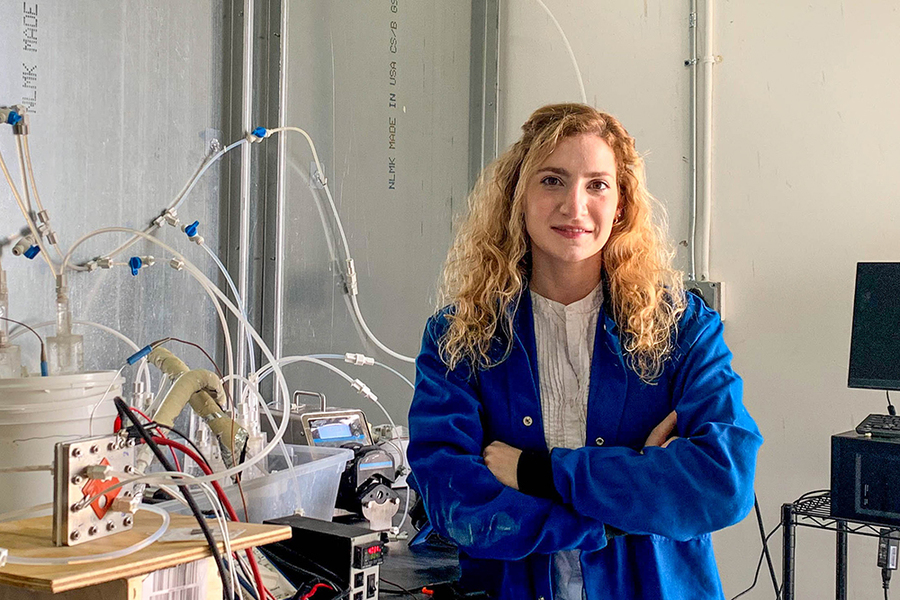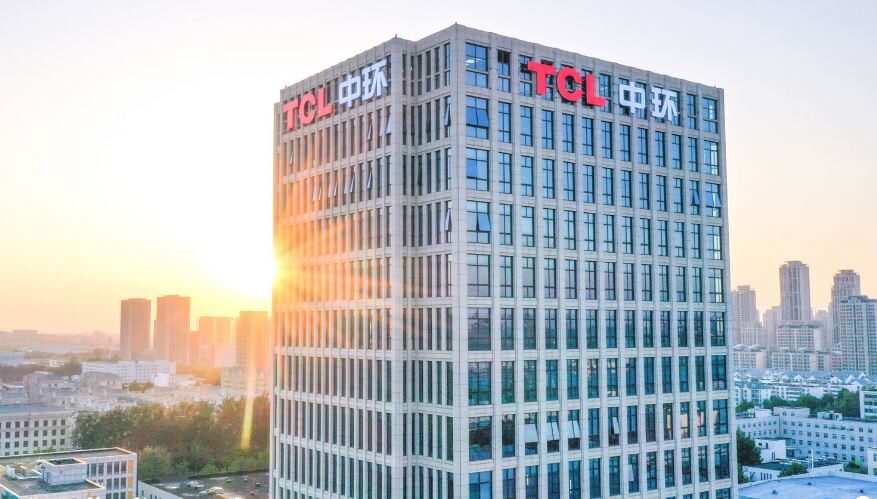Oman’s Ministry of Energy and Minerals has signed an agreement with Petroleum Development Oman (PDO)’s Training and Development Centre to set up a National Hydrogen Alliance (NHA), reports the official news agency from Oman, ONA. The alliance comprises 13 bodies from public and private sectors including operators of oil and gas, educational and research institutions and port authorities. Among the participants, are heavyweights like BP, Shell and Total, and universities, including German University (GUtech). “Oman is in contact with different countries in the world and occupies a prominent place in the global arena due to its climate, strategic geographical location and expertise in leading the shift towards renewable energy green hydrogen,” said Salim Nasir Al Aufi, Under-Secretary of the Ministry of Energy and Minerals and reported by ONA.
Last month, Dusseldorf-based energy company Uniper signed a cooperation agreement with Oman’s green hydrogen project Hyport. In June, Munich-headquartered management consultancy Roland Berger wrote that Oman is one of the most competitive locations globally to produce and export green hydrogen and derivatives. In May, an international consortium announced it is developing an integrated green fuels mega project in Oman, which will use “25 gigawatts (GW) of renewable solar and wind energy at full capacity to produce millions of tons of zero-carbon green hydrogen per annum.”
On Thursday, the Massachusetts Institute of Technology (MIT) published a practical guide for generating hydrogen using scrap aluminum. “Aluminum metal will readily react with water at room temperature to form aluminum hydroxide and hydrogen. That reaction doesn’t typically take place because a layer of aluminum oxide naturally coats the raw metal, preventing it from coming directly into contact with water,” reads the document. This production method does not emit greenhouse gases. “Using aluminum as our source, we can ‘store’ hydrogen at a density that’s 10 times greater than if we just store it as a compressed gas,” said Douglas Hart, professor of mechanical engineering at MIT. According to the researchers, two problems have kept aluminum from being employed as a reliable source for hydrogen generation: the aluminum surface has to be clean, and pure aluminum production is energy-intensive. The MIT researchers do not only point out “promising approaches to hydrogen production from aluminum”. The work, combined with simultaneous developments in North America, also show that U.S. research centers and institutions have the potential to take back the leadership in hydrogen technologies. Earlier this month, a group of Congress members from Pennsylvania introduced the Clean Hydrogen Energy Act, which aims to create a hydrogen program to drive down costs.
U.S.-based hydrogen-powered heavy-duty truck company Hyzon Motors said on Wednesday it is shipping its first trucks to European customers, leveraging on the merger with blank-check firm Decarbonization Plus Acquisition. Hyzon is also preparing to start its first customer trials in the United States. “Many customers are getting their hands on the first fuel cell vehicles they’ve ever seen in the next six to 12 months,” CEO Craig Knight said in a press release, adding that fleet conversion will take less time than previously expected. “Whereas, earlier I would have said, it’s a 12-to-18 month process to go from getting your first fuel cell truck and trying it out and then maybe getting a few more and figuring out what fleet conversion would look like over time, and then kicking off that fleet conversion process — I actually think that’s compressing.”
U.S.-based zero-emission vehicle company Nikola has been awarded an approximate US$2 million grant from the U.S. Department of Energy to advance its research into autonomous refueling technologies for future hydrogen fueling stations. “Autonomous fueling is part of the industry’s effort to ensure fast, efficient, and safe fueling of a large onboard storage system to be less than 20 minutes for heavy-duty vehicles,” the company said on Thursday. The grant is funded by the U.S. Department of Energy’s Energy Efficiency and Renewable Energy (EERE) Transportation Office under the recently announced Hydrogen and Fuel Cells R&D FY2021 FOA.“This funding is essential to advance key hydrogen fueling technologies that can improve the overall efficiency of fuel-cell commercial vehicles, while maintaining the safety and reliability standards required,” said Pablo Koziner, Nikola’s president.
The California Energy Commission (CEC) offered a $4 million grant to Equilon Enterprises (Shell Oil Products) for the development of a multi-modal hydrogen refueling station in California. “The multi-modal hydrogen refueling station will serve hydrogen fuel cell powered on-road heavy-duty vehicles and locomotives at the Port of West Sacramento and will support the Sierra Northern Hydrogen Locomotive Project resulting from the same solicitation and previously awarded,” the CEC said.
Japan’s keiretsu Mitsui and CF Industries, a North American manufacturer and distributor of agricultural fertilizers, announced a Memorandum of Understanding earlier this week for the development of blue ammonia projects in the United States. “CF Industries and Mitsui share a belief that blue ammonia will play a critical role in accelerating the world’s transition to clean energy and that demand for blue ammonia will grow meaningfully,” said Tony Will, president and chief executive officer, CF Industries Holdings. The two companies plan preliminary studies on the feasibility of blue ammonia production in the United States, with a focus on supply, supply chains and Carbon Capture, Usage and Storage (CCUS) technologies.
BP Australia, the subsidiary of the British multinational oil and gas giant, said on Wednesday that the production of green hydrogen and green ammonia is technically feasible at scale in Australia. “This looks particularly promising in the mid-west of WA, which has existing infrastructure, access to land, and abundant renewable energy resources such as wind and solar. Importantly, our study also confirmed strong demand from potential customers in the hard-to-abate sectors, and for both local and export markets. This has the potential to position Australia as a regional powerhouse of the energy transition,” said Frédéric Baudry, BP Australia’s president. The study, first announced in May 2020, found that distribution could be customized to suit customer requirements, including gaseous or liquid hydrogen or ammonia via pipeline, truck, train or ship. Still, new infrastructure investments (port and water services) will be needed to make green hydrogen production commercially viable.
This content is protected by copyright and may not be reused. If you want to cooperate with us and would like to reuse some of our content, please contact: editors@pv-magazine.com.



1 comment
By submitting this form you agree to pv magazine using your data for the purposes of publishing your comment.
Your personal data will only be disclosed or otherwise transmitted to third parties for the purposes of spam filtering or if this is necessary for technical maintenance of the website. Any other transfer to third parties will not take place unless this is justified on the basis of applicable data protection regulations or if pv magazine is legally obliged to do so.
You may revoke this consent at any time with effect for the future, in which case your personal data will be deleted immediately. Otherwise, your data will be deleted if pv magazine has processed your request or the purpose of data storage is fulfilled.
Further information on data privacy can be found in our Data Protection Policy.